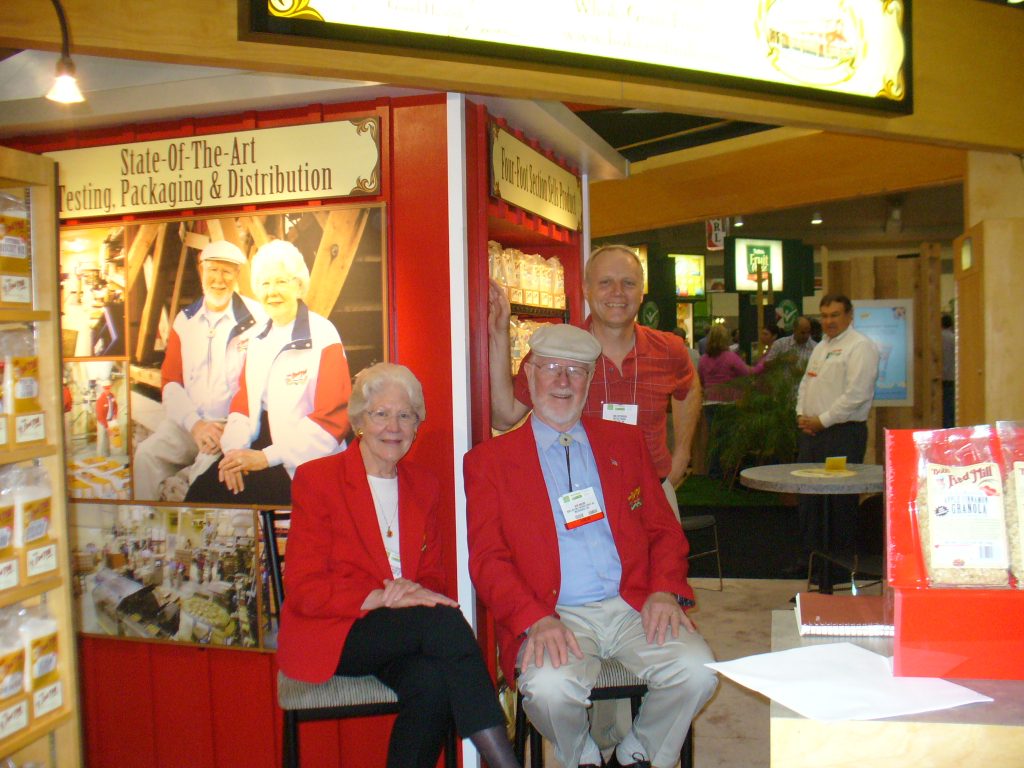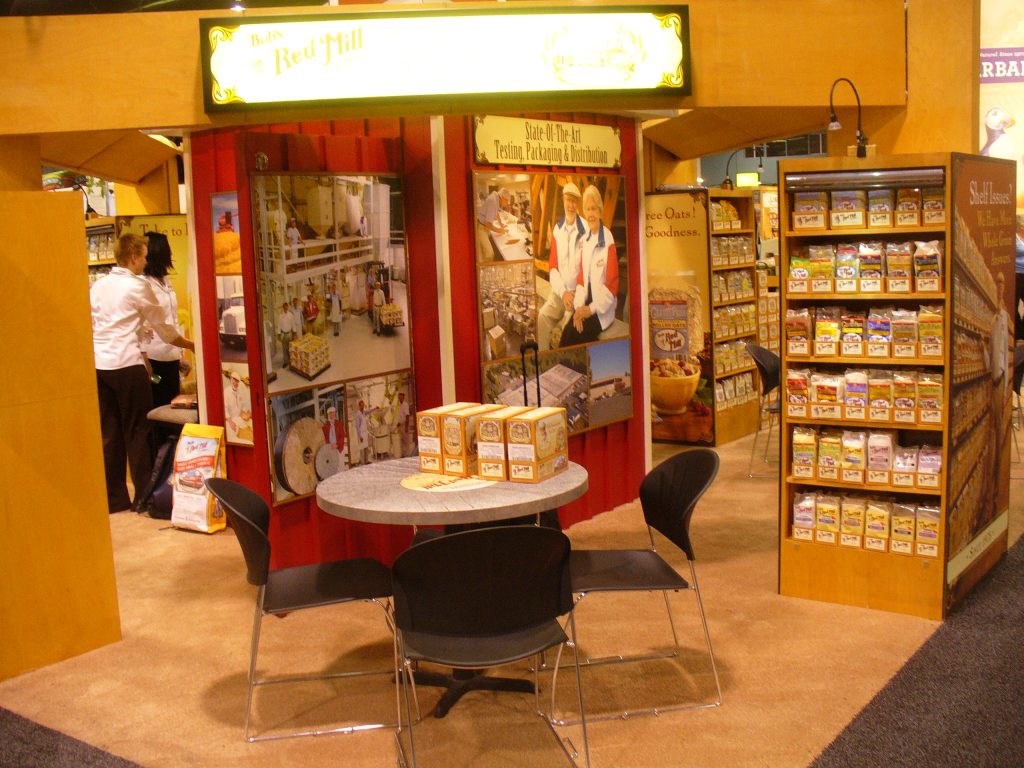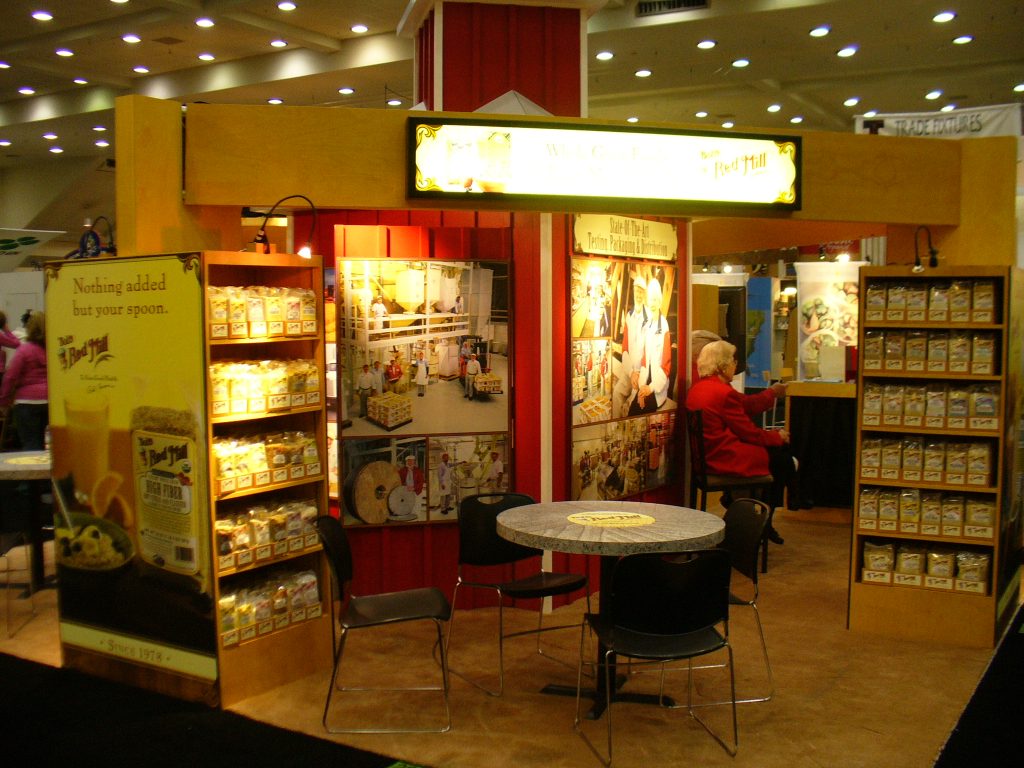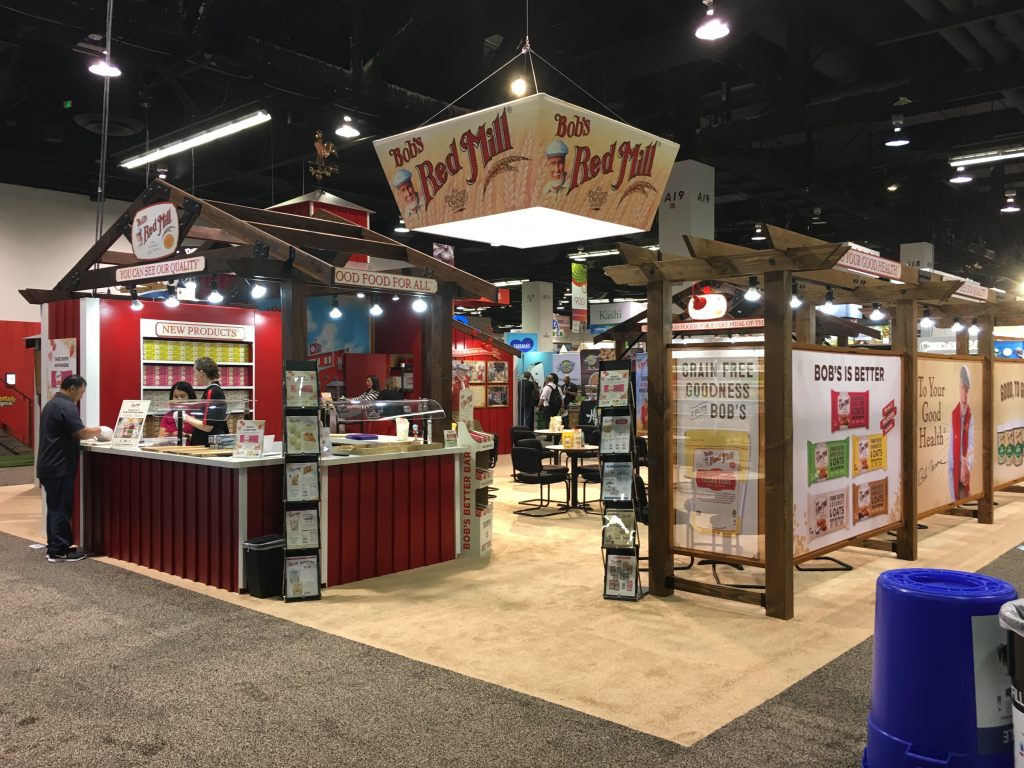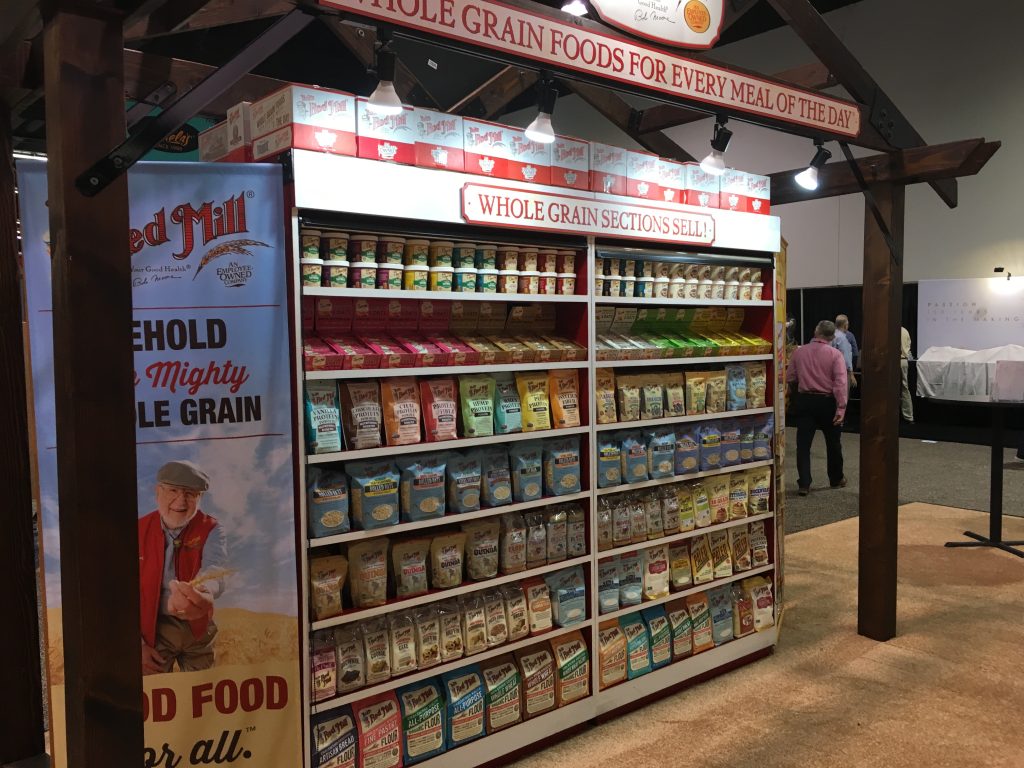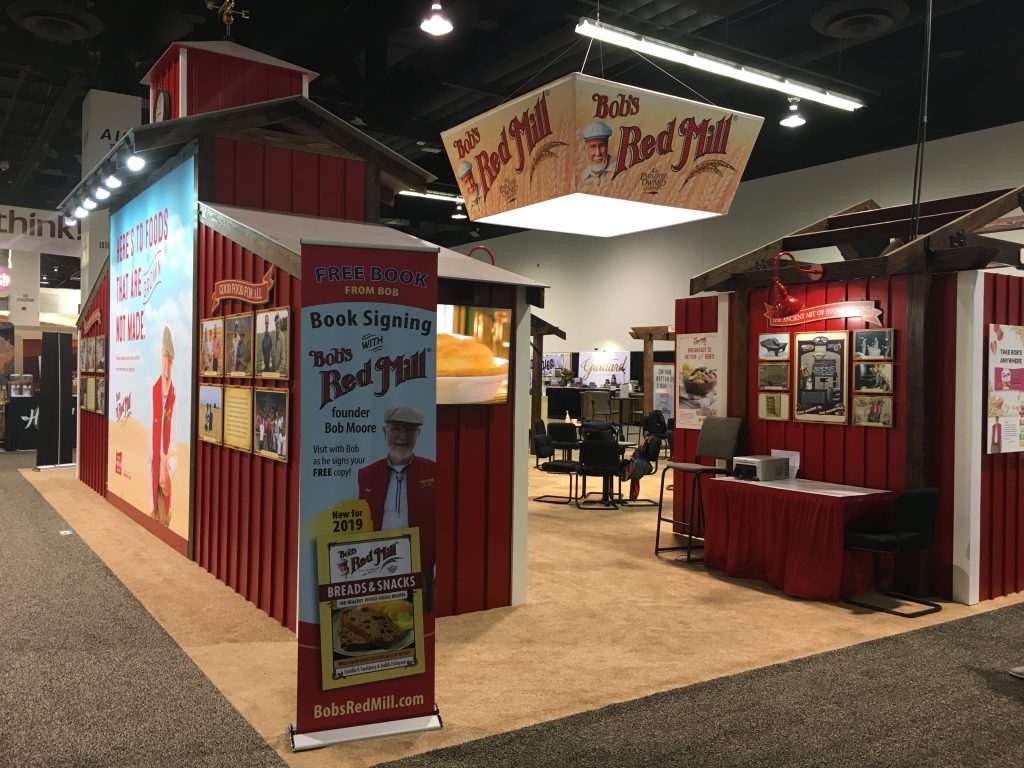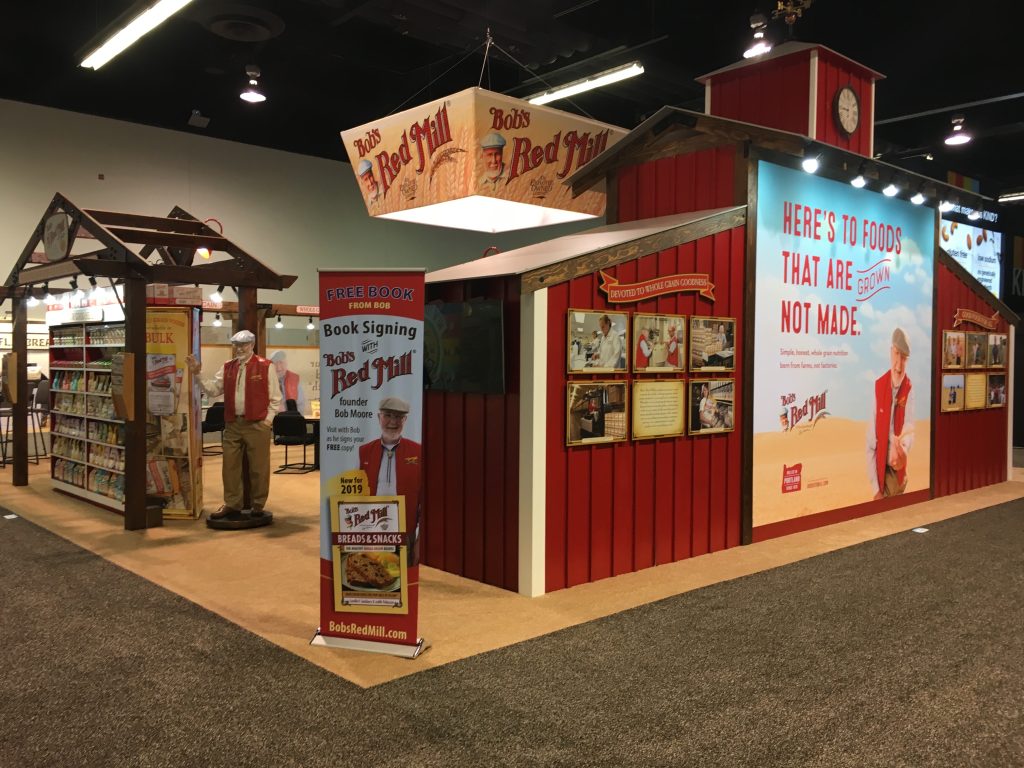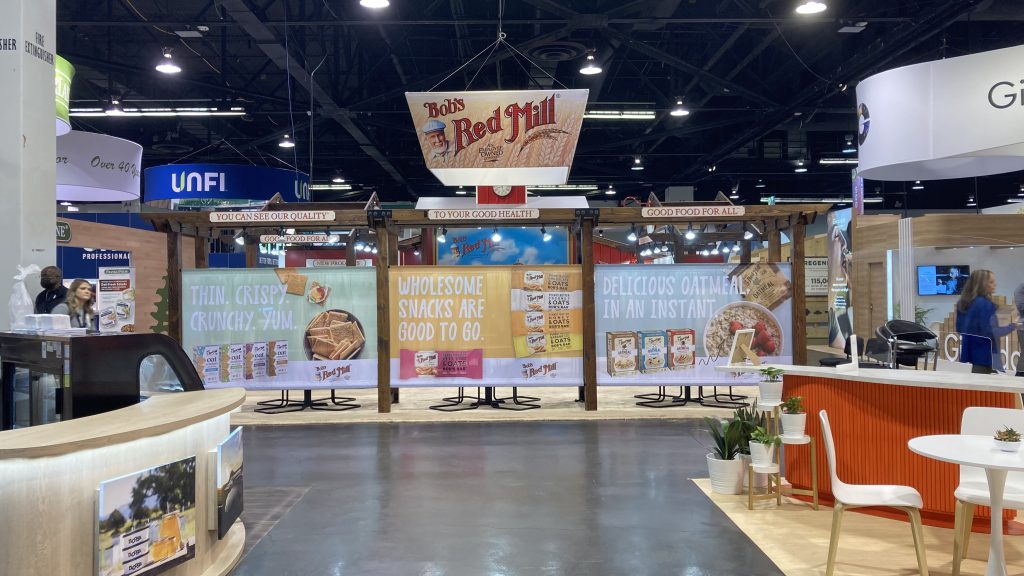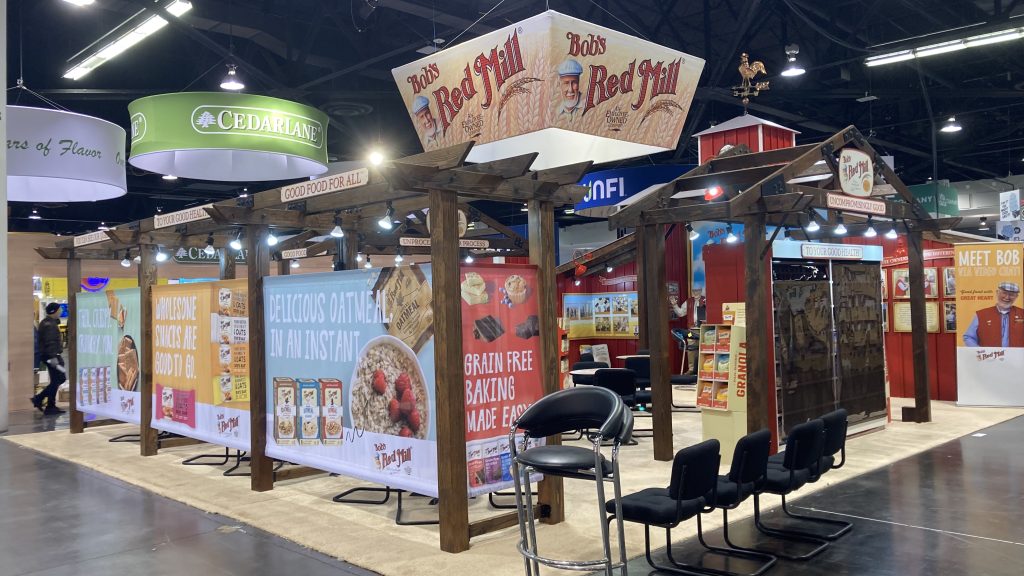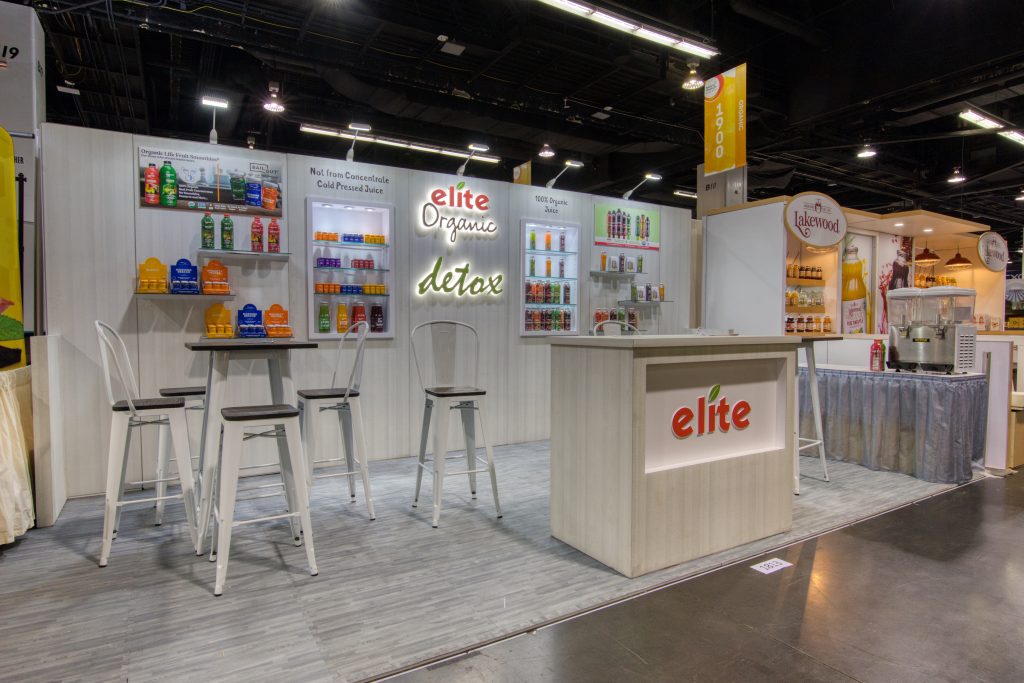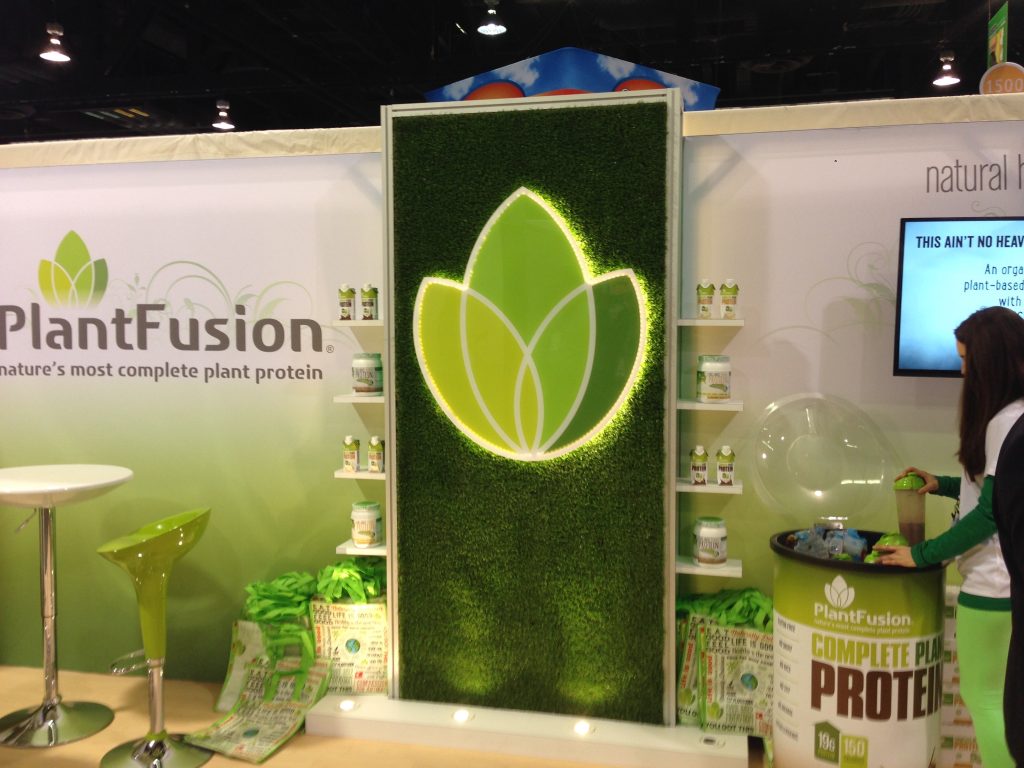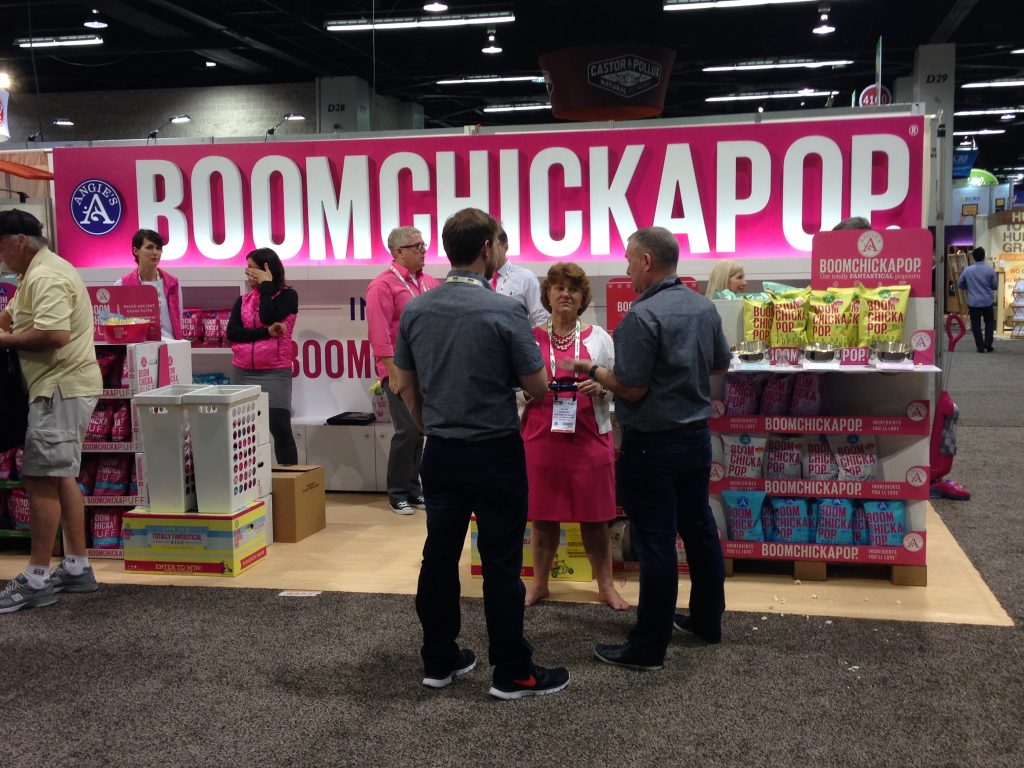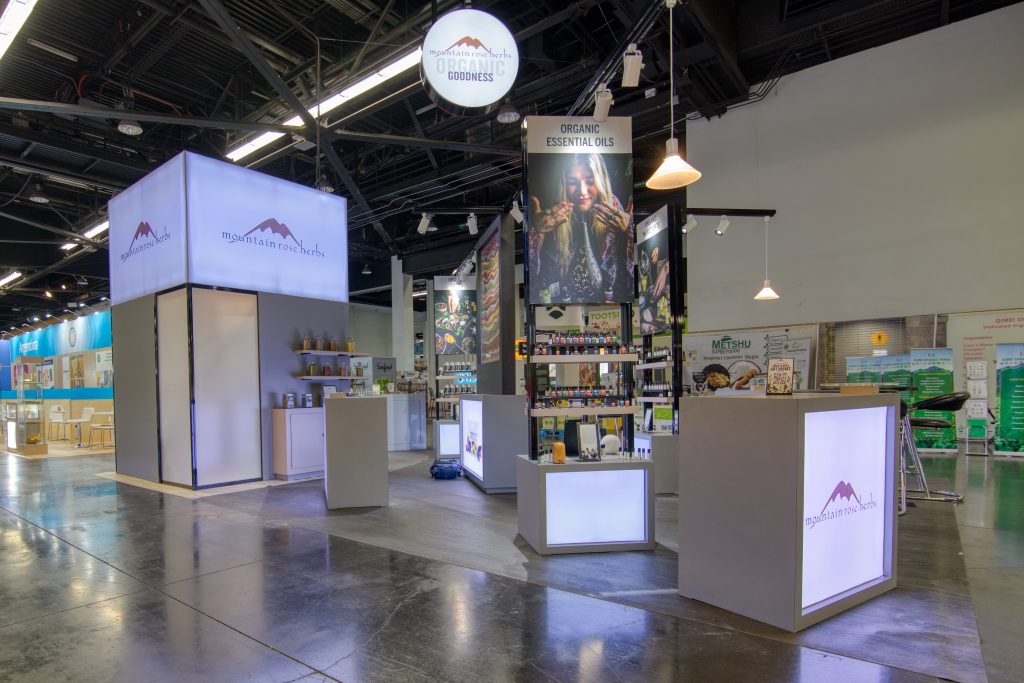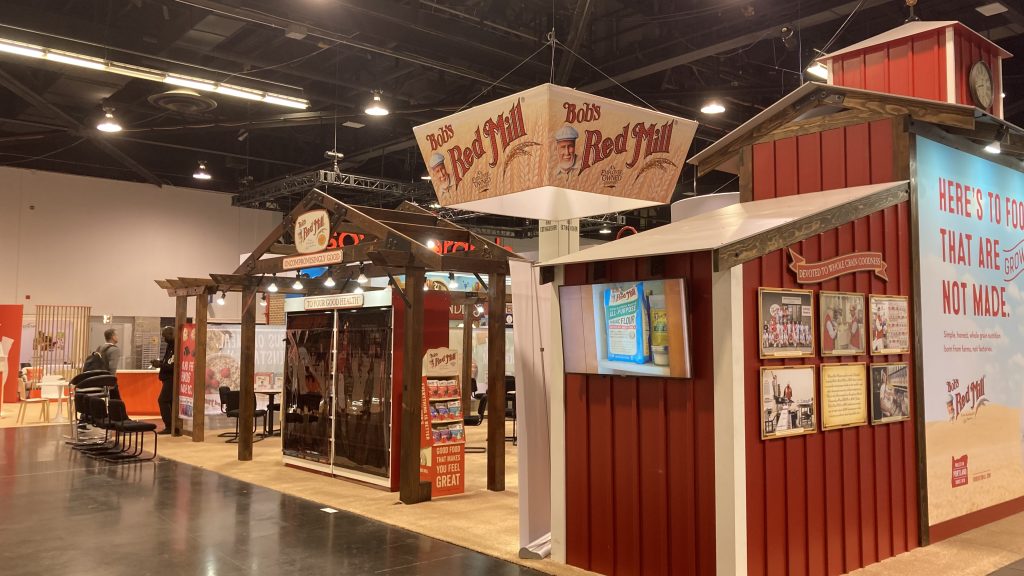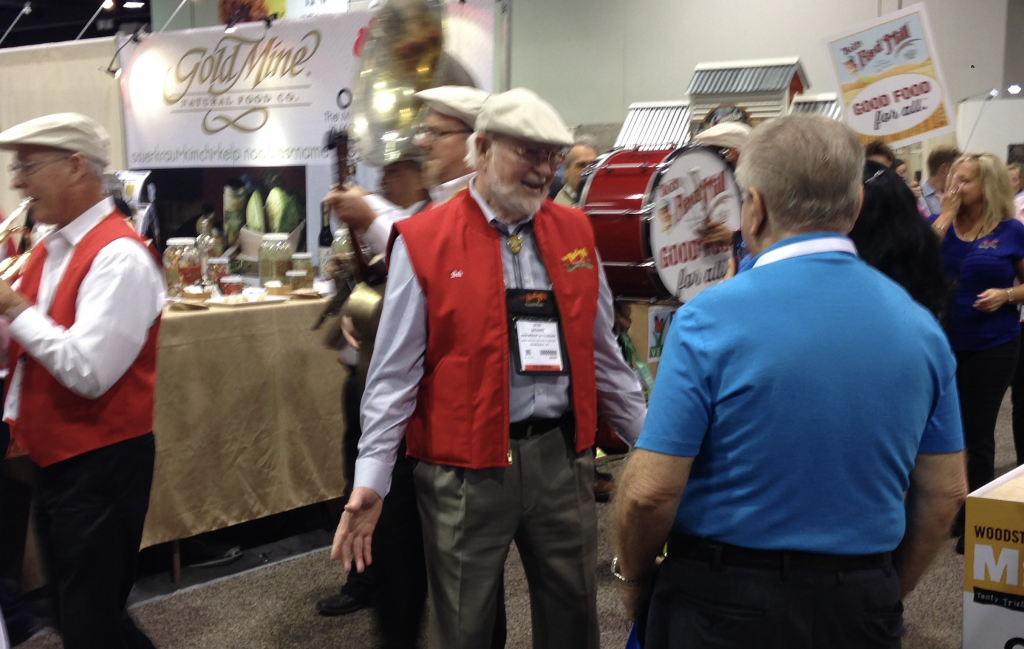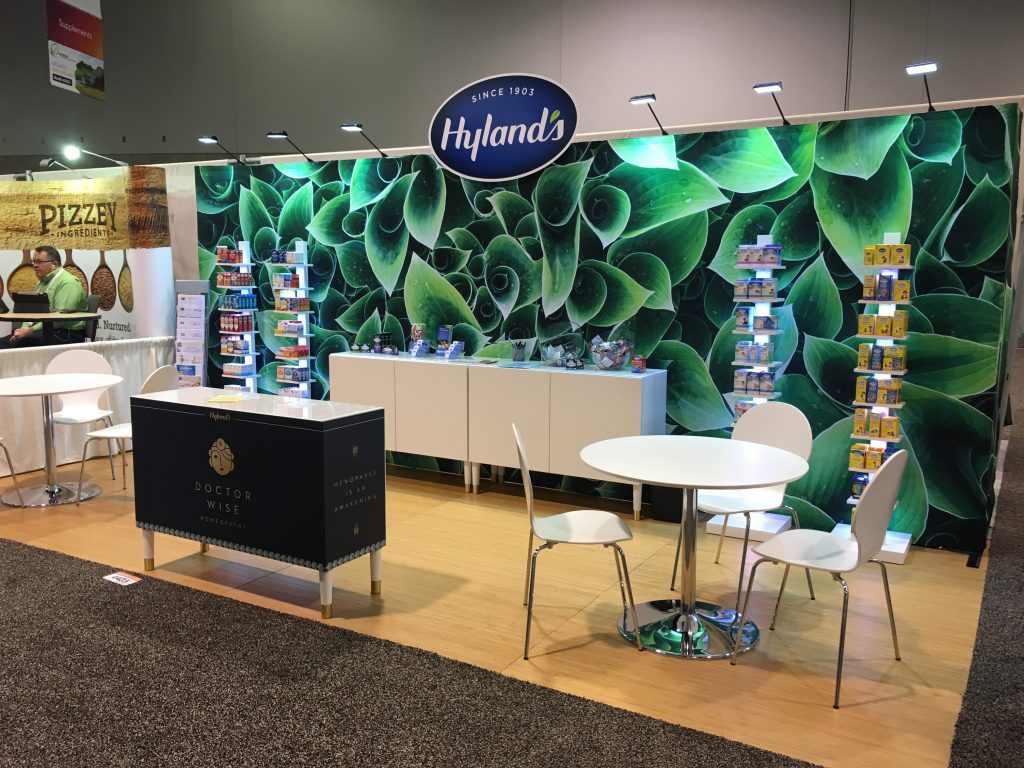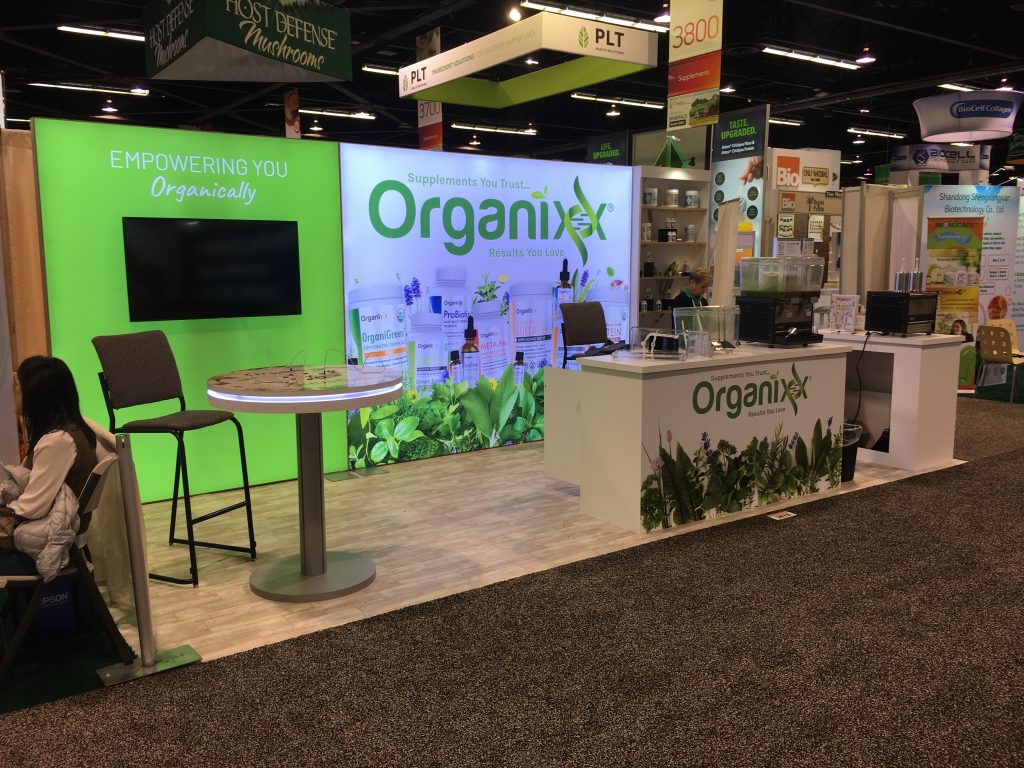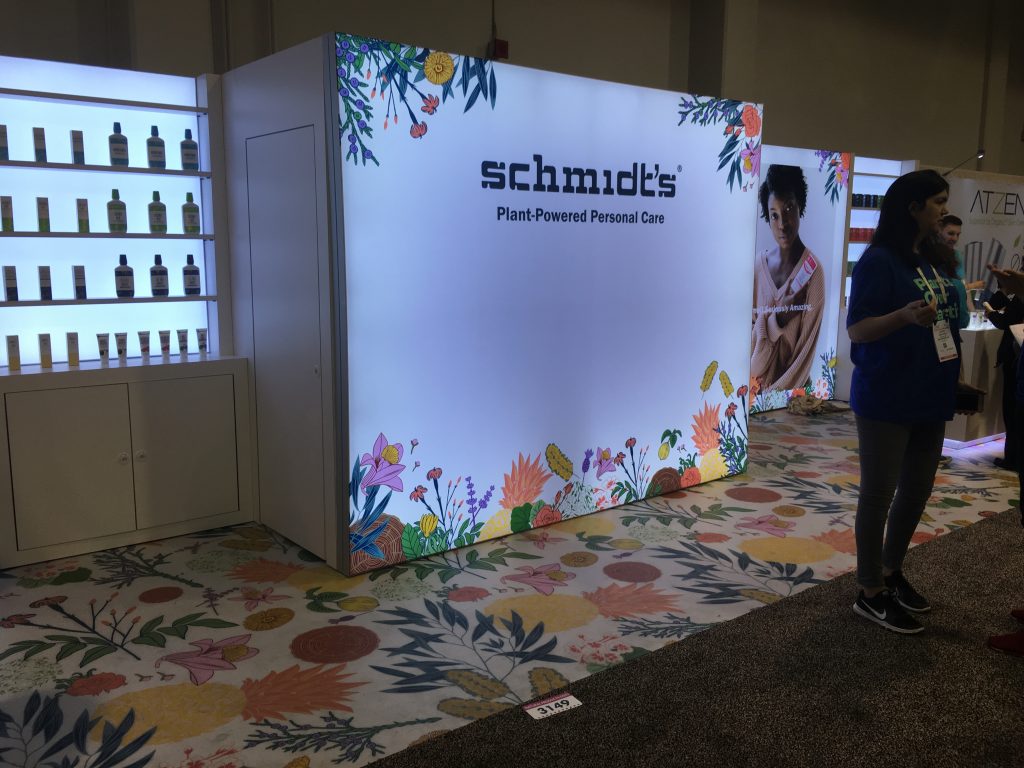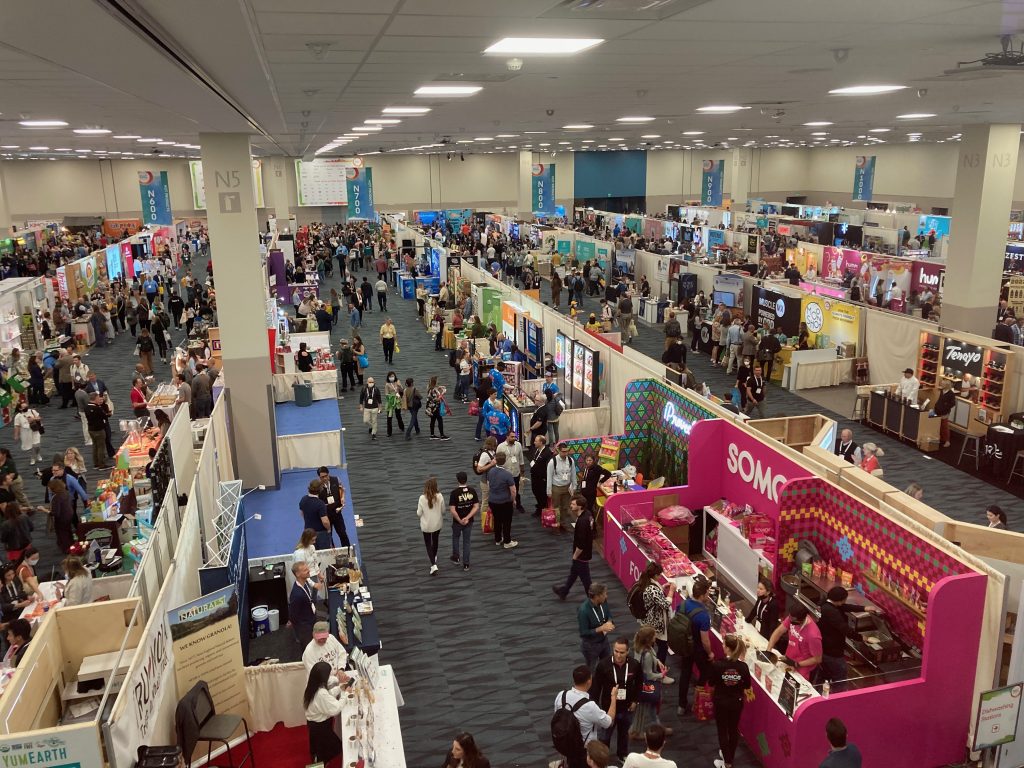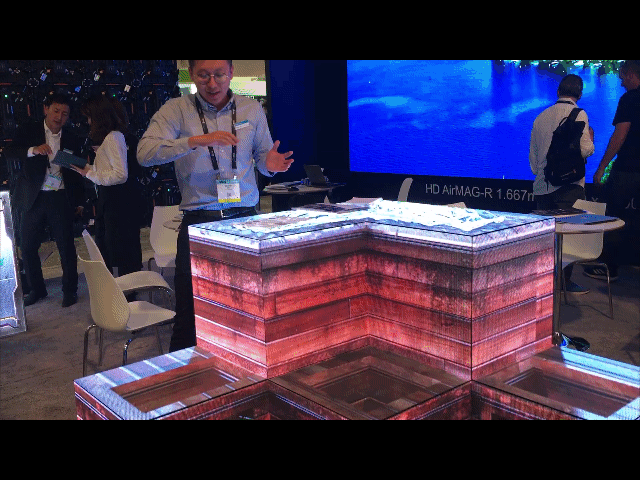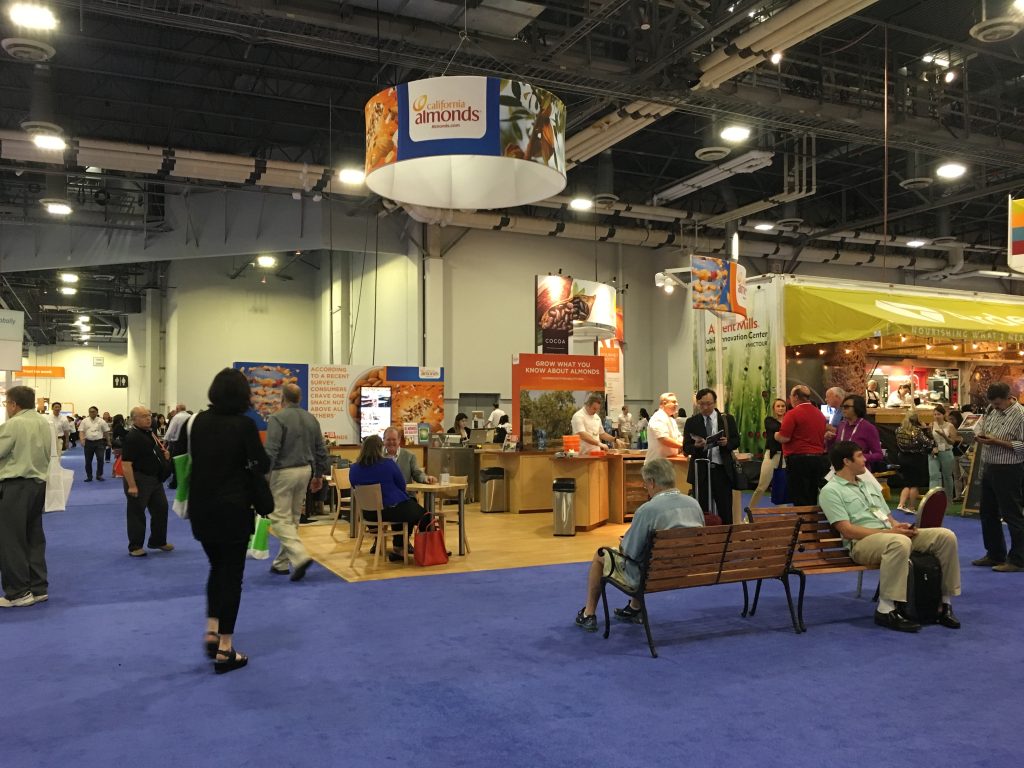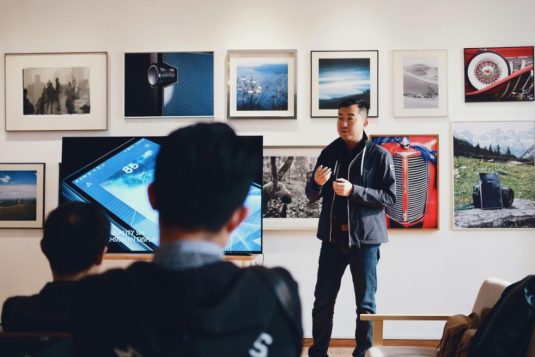
Speaking at Industry Events: A Growth Strategy for Small Business Owners
Guest article by Emma Grace Brown
Public speaking doesn’t always mean standing on a TED stage. For small business owners, it often means grabbing a mic at trade shows, local expos, or industry conferences—spaces where your target audience is already paying attention. These moments offer more than exposure; they offer direct access to decision-makers, collaborators, and curious customers. Speaking at these events isn’t just about visibility—it’s a strategic move to grow your brand, share your expertise, and build meaningful connections. When your voice leads the conversation in rooms that matter, your business follows.
Treat Your Voice Like an Instrument
Your voice is a branding tool that too many entrepreneurs neglect. It tells your audience how much you care, how confident you are, and how passionate you feel about your mission. Practice pacing, tone, and breathing as deliberately as you would design your logo or write your tagline. Use tools like voice recorders or even apps designed for actors to build vocal stamina and control. The subtle nuances in how you deliver a message can mean the difference between sounding rehearsed and sounding real. An intentional voice is more than sound—it’s strategy.
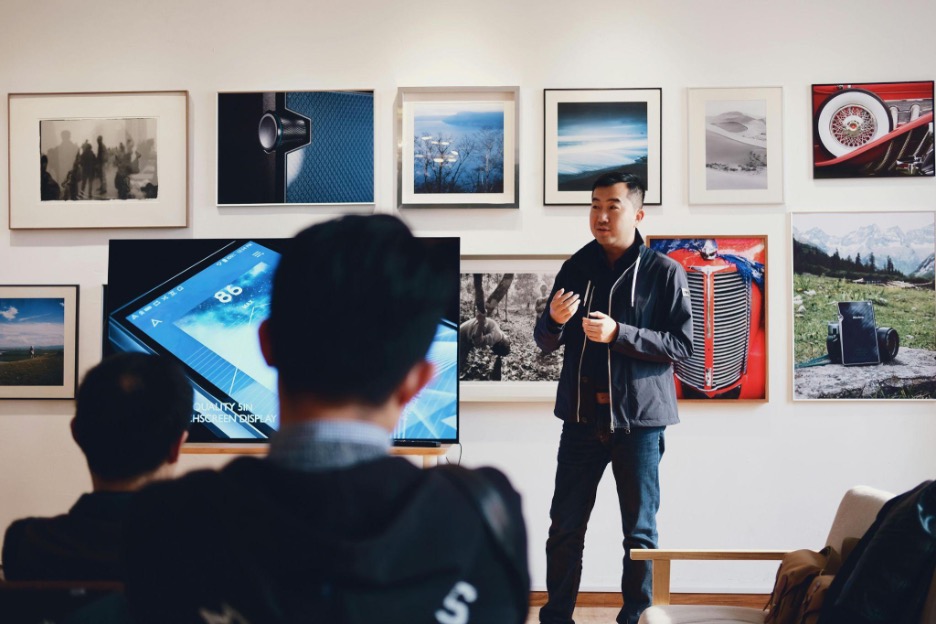
Develop a Signature Story
Every brand has a backstory, but not every founder knows how to tell it. Craft a narrative that highlights your journey, the problem you set out to solve, and what makes your business tick. When you anchor your message in a story, audiences remember your point and your passion. This isn’t about self-aggrandizing—it’s about giving your audience a reason to care. People don’t connect with data; they connect with struggle, triumph, and purpose. Your story isn’t just personal; it’s persuasive.
Leverage Q&A Sessions as Training Grounds
Live Q&A segments can terrify even seasoned speakers, but they’re a goldmine for developing poise and adaptability. You learn what resonates, what confuses, and what excites your audience. The more you embrace unscripted interactions, the more agile and effective you become under pressure. Over time, you’ll start seeing tough questions not as landmines but as opportunities to shine. These moments force you to sharpen your thinking, clarify your message, and demonstrate authority in real time. In many ways, Q&As are the truest test of your public speaking mettle.
Design Presentations for Real Attention Spans
You are not presenting to robots. Today’s audiences are flooded with content, and attention is the ultimate currency. Keep visuals clean, messages concise, and tone conversational. Avoid jargon unless you’re certain your audience shares your lingo, and always leave room for spontaneity—that’s where real engagement lives. Slides should support your story, not replace it. A presentation should feel like a dialogue, even when you’re the only one speaking.
Practice in the Environments That Scare You
Fear doesn’t vanish with practice; it gets repurposed. If the thought of pitching to investors, leading webinars, or introducing yourself at a networking event gives you jitters, then that’s exactly where you should be practicing. Growth happens on the edge of discomfort. Repeated exposure builds more than skill—it builds resilience. Confidence is earned in spaces where you used to shrink. Those nerve-wracking environments become your training ground.
Use Public Speaking to Cement Expertise
The stage is a spotlight, but it’s also a pedestal. When you speak on topics within your industry, you position yourself as a thought leader without saying a word about it. Conferences, workshops, and even LinkedIn Lives are platforms where your insights can resonate beyond the room. Public speaking, when done with purpose, does more than amplify your message—it validates your authority. People want to do business with someone who can explain not just the “what” but the “why” with confidence and clarity.
Earn a Degree to Strengthen Your Voice
Earning a business degree isn’t just about acquiring technical know-how—it’s a smart move for any entrepreneur looking to communicate more effectively. If you’re curious about academic options that align with your entrepreneurial goals, explore the bachelor in business administration program requirements to see what fits your next chapter. A business degree can enhance your public speaking skills by providing training on how to effectively communicate complex ideas clearly and persuasively to diverse audiences. Online programs offer flexibility so you can balance work and learning without compromising either.
Public speaking isn’t an add-on; it’s a multiplier. For small business owners, it offers a unique blend of marketing, leadership, and sales rolled into one dynamic skill. Whether you’re trying to land new clients, inspire your team, or tell your brand story to a wider audience, the ability to command attention with your words will always pay dividends.
Discover the latest insights and strategies in trade show marketing by visiting the TradeshowGuy Blog and elevate your exhibit game to new heights!


